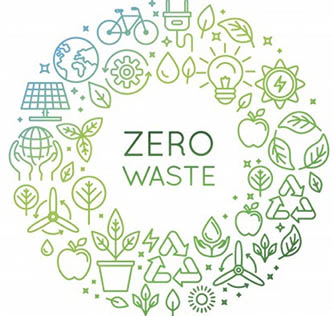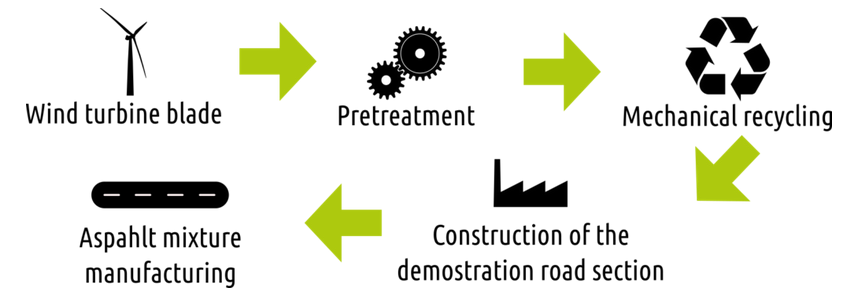
What do we make with the large wind farms when they become waste?
In a village of La Mancha, the name of which I have no desire to call to mind… an ingenious knight glimpses on the horizon old windmills. Believing that they were giants, he tries to defeat them with the help of his squire and the available weapons of the time. Do you recognise this scene? What if we frame it in the current era?
We are driving on the motorway and suddenly we glimpse on the horizon something that nowadays we do not consider giants: it is a wind farm composed of more than 20 wind turbines in charge of generating energy in a more sustainable way, but, once its function is fulfilled generate a large amount of waste that must be managed in an appropriate manner.
My question is, why do not we fight current problems with the resources of the moment: legislation, financing and research?
Allow me a brief description of the current situation. Since the second half of the eighteenth century, thanks to the industrial revolution, the ways of production and consumption changed radically, encouraging a rapid transformation of production systems to an unsustainable linear system due to the large amount of material and energy consumed, reinforced by the growth in consumption. Incompatible situation with a world of resources and capacity for adaptation limited to the growing impact generated by emissions of pollutants and the production of waste.

Therefore, with the aim of radically changing the current linear system of production and consumption, the European Commission, through the publication of a set of directives, has adopted an ambitious package of new measures to assist in the transition of a Circular Economy (EC) that allows the use of resources in a more sustainable way. This fact will allow to close the life cycle of the products through greater recycling and reuse, that is, what is known as “cradle to the cradle”, bringing benefits both to the environment and to the economy.
From the conjunction of the above, together with the LIFE program and a consortium of companies of Castilla y León, including CARTIF, emerged LIFE REFIBRE, a demonstration project that aims to close the circle of a specific waste, the wind turbine blades.
The environmental problem generated by this type of waste is the result of two factors. On the one hand, the forecasts about the growing need to manage it, together with the inconvenience of its too large volume, give rise to problems in the land use of landfills where its final disposal is made. On the other, the management of this type of waste through other types of treatments, chemical or thermal, cause the emission of toxic substances into the atmosphere, as well as a greater energy consumption of these processes (Composites UK Lcd).

For all this, the actions that are being carried out within the LIFE REFIBRE project are aimed at reducing the waste of wind turbine blades sent to landfill through a mechanical recycling process, designed within the framework of the project, which will generate a new raw material, fiberglass. Once the fiberglass has been recovered and classified according to its size, it is introduced as a raw material in asphalt mixes. This process aims to achieve the improvement of the technical characteristics of this product, as well as a more sustainable management of wind turbine blades in disuse.
To conclude and as a farewell, I ask you a question: why do not we apply the concept of Circular Economy in our daily life? I can think of an example: reuse plastic bottles as pots.